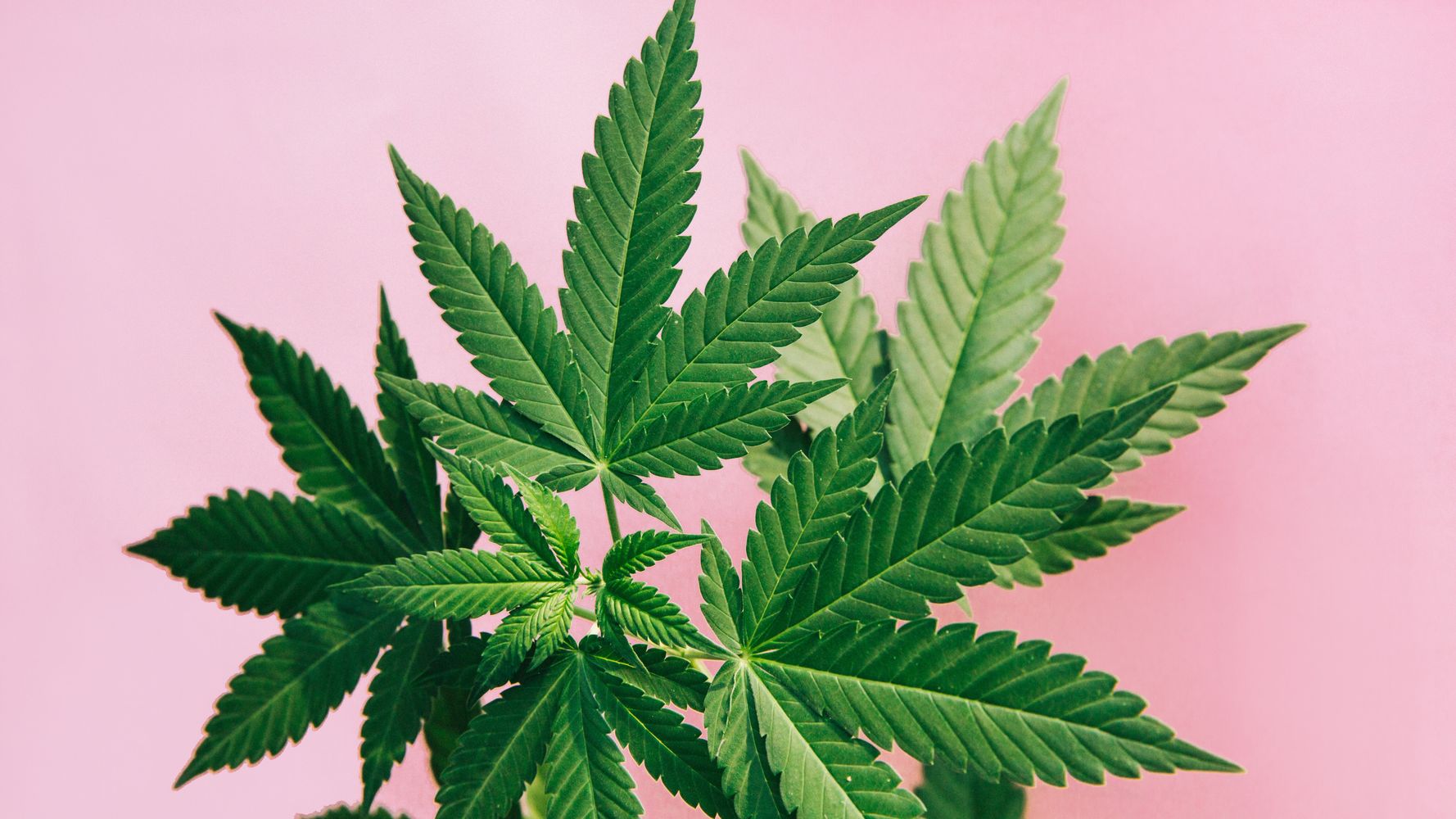
The compound tetrahydrocannabinol (THC) is what gives marijuana its intoxicating effects. THC’s psychoactive effects arise from binding to cannabinoid receptors in the brain. These alterations in perception, emotion, and cognition manifest in many ways.
Delta-9 tetrahydrocannabinol is the primary psychoactive compound in marijuana. Delta-8 THC is a lesser-known form of THC that is also present in marijuana but in much smaller amounts than delta-9. Check out the breakdown of delta 9 vs delta 8 THC below.
Delta-9 THC
This edible is a Schedule I controlled substance in the United States. THC is available in various forms, including dried marijuana flowers, edibles, and oils.
Its chemical structure
The lengthy hydrocarbon chain that makes it up includes a double bond at the ninth carbon. Its chemical formula is C21H30O2. Delta-9 is an aromatic compound slightly soluble in water and highly soluble in lipids and organic solvents.
Potential therapeutic uses
Some therapeutic uses of Delta-9 THC include:
- Chronic pain
- Multiple sclerosis
- Glaucoma
- Epilepsy
Delta-8 THC
This edible is not a controlled substance in the United States and is available in some states as a dietary supplement.
Its chemical structure
It is distinguished from ordinary carbon by a double bond at the eighth carbon rather than the ninth. The formula for this compound is C21H30O2. Delta-8 THC is an aromatic compound slightly soluble in water and highly soluble in lipids and organic solvents. Delta-8 can also be synthesized in a laboratory setting using various methods.
Effects on the body and potential therapeutic uses
Delta-8 is less psychoactive than delta-9 THC, and some claim it produces a more low-key, functional high. It is also believed to have some therapeutic potential, and some people use it for its potential pain-relieving and anti-inflammatory effects.
Comparison of Delta-9 and Delta-8 THC
Both compounds are produced naturally by the marijuana plant (Cannabis sativa) and are synthesized in the plant’s trichomes.
One of the main differences between delta-8 THC and delta-9 THC is their chemical structure. The difference between delta-8 and delta-9 is the presence or absence of a double bond at the eighth carbon atom. This slight structural difference can result in differences in the effects of the two compounds on the body.
The advantages of delta-9 include
- Pain relief: It has pain-relieving and anti-inflammatory properties and may help treat chronic pain and other conditions.
- Nausea relief: It may help reduce nausea and vomiting associated with chemotherapy.
The advantages of delta-8 include
- Less psychoactive effects: It is less psychoactive than delta-9 THC.
- Potential therapeutic effects: It is believed to have some therapeutic potential.
Looking for THC Gummies or Vapes?
Several hemp-derived THC and HHC are available in gummies and vaping pens. The market is filled with these products if this is the first time you have explored them. However, purchase from a reputable supplier offering transparency and lab reports. These fascinating cannabinoids can help you relax and de-stress. Review a wide range of products and purchase the one that fits best.
Conclusion
The delta 9 vs. delta 8 THC comparison shows that the former is the most well-known and psychoactive cannabinoid found in the plant. It is the compound responsible for most of the effects associated with cannabis, including the “high” that users often describe. Delta-8 THC is a less common cannabinoid found in the plant. It is less psychoactive than delta-9 and is thought to have several potential therapeutic effects. The main difference between the two compounds is the position of a double bond in the molecule.
Leave a Reply